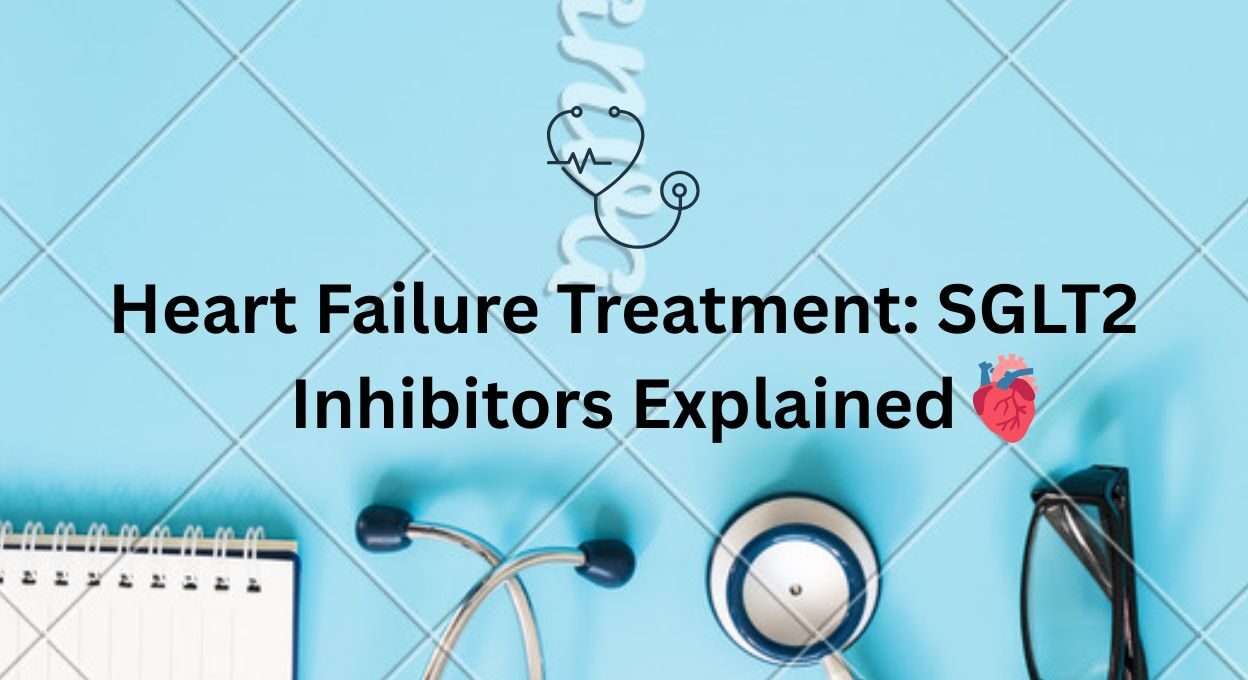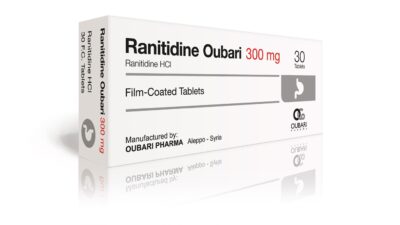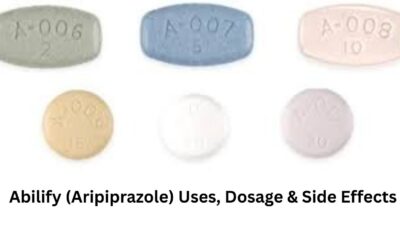Heart failure affects 6.2 million Americans, but a class of drugs called SGLT2 inhibitors (like Jardiance, Farxiga, and Invokana) is revolutionizing treatment. Originally developed for diabetes, these medications cut heart failure hospitalizations by 30% and reduce deaths—even in people without diabetes.
What Are SGLT2 Inhibitors?
SGLT2 inhibitors (sodium-glucose cotransporter-2 inhibitors) are oral medications that:
- Lower blood sugar by flushing excess glucose through urine
- Reduce sodium reabsorption in the kidneys
- Have proven heart and kidney benefits
FDA-Approved Uses
| Condition | Approved SGLT2 Inhibitors |
|---|---|
| Type 2 Diabetes | Jardiance, Farxiga, Invokana |
| Heart Failure | Jardiance, Farxiga |
| Chronic Kidney Disease | Farxiga |
Key fact: These drugs are NOT for type 1 diabetes.
How SGLT2 Inhibitors Help Heart Failure: 8 Mechanisms
Researchers aren’t entirely sure why these drugs work so well for heart failure, but these are the leading theories:
1. Reduces Fluid Overload (Diuretic Effect)
- Promotes excretion of sodium and glucose → lowers interstitial fluid congestion (a major contributor to heart failure symptoms).
2. Lowers Blood Pressure
- By blocking sodium reabsorption, it reduces blood volume, easing strain on the heart.
3. Decreases Inflammation
- Chronic inflammation worsens heart failure. SGLT2 inhibitors reduce inflammatory markers.
4. Boosts Red Blood Cell Production
- Increases erythropoietin (EPO), improving oxygen delivery.
5. Improves Energy Efficiency
- Shifts the heart’s fuel source to ketones, which burn more efficiently.
6. Reduces Oxidative Stress
- Lowers reactive oxygen species (ROS), protecting heart cells.
7. Enhances Vascular Function
- Improves blood vessel flexibility, reducing artery stiffness.
8. Lowers Intracellular Sodium
- A 2021 study found this prevents cardiomyocyte death.
Top 3 SGLT2 Inhibitors for Heart Failure
| Drug (Brand Name) | Best For | Key Benefits | Common Side Effects |
|---|---|---|---|
| Empagliflozin (Jardiance) | HFrEF* & HFpEF** | Reduces CV death by 38% | UTIs, yeast infections |
| Dapagliflozin (Farxiga) | HFrEF & CKD | Lowers HF hospitalization 30% | Dehydration, dizziness |
| Canagliflozin (Invokana) | Diabetes + CVD risk | Cuts HF events by 33% | Increased amputation risk |
*HFrEF = Heart Failure with Reduced Ejection Fraction
**HFpEF = Heart Failure with Preserved Ejection Fraction
Jardiance vs. Farxiga?
- Jardiance has stronger data for reducing deaths.
- Farxiga is also approved for kidney disease.
Who Should Take SGLT2 Inhibitors for Heart Failure?
Ideal Candidates
✔ People with HFrEF (ejection fraction ≤40%)
✔ Those with type 2 diabetes + heart failure
✔ Patients with chronic kidney disease (CKD)
Who Should Avoid Them?
❌ Type 1 diabetics (risk of ketoacidosis)
❌ People with severe kidney impairment (eGFR <30)
❌ Those with recurrent genital infections
Potential Risks & Side Effects
While generally safe, SGLT2 inhibitors can cause:
Common Side Effects
- Genital yeast infections (4x higher risk)
- Urinary tract infections (UTIs)
- Dehydration/low blood pressure
Rare but Serious Risks
- Diabetic ketoacidosis (DKA) (even with normal blood sugar)
- Fournier’s gangrene (flesh-eating infection in genital area)
- Bone fractures (linked to Invokana)
Tip: Drink plenty of water and practice good hygiene to reduce infection risks.
FAQs About SGLT2 Inhibitors & Heart Failure
1. Do SGLT2 inhibitors improve survival in heart failure?
Yes! Studies show Jardiance cuts CV deaths by 38% in HFrEF patients.
2. Can you take SGLT2 inhibitors without diabetes?
Yes. Farxiga and Jardiance are FDA-approved for non-diabetic heart failure.
3. How quickly do SGLT2 inhibitors work for HF?
Benefits start within weeks (reduced fluid overload), but mortality improvements take months.
4. What’s the best SGLT2 inhibitor for HFpEF?
Jardiance is the only one with strong HFpEF data (2022 EMPEROR-Preserved trial).
5. Do these drugs replace diuretics like furosemide?
No—they complement them. SGLT2 inhibitors are added to standard therapy.



